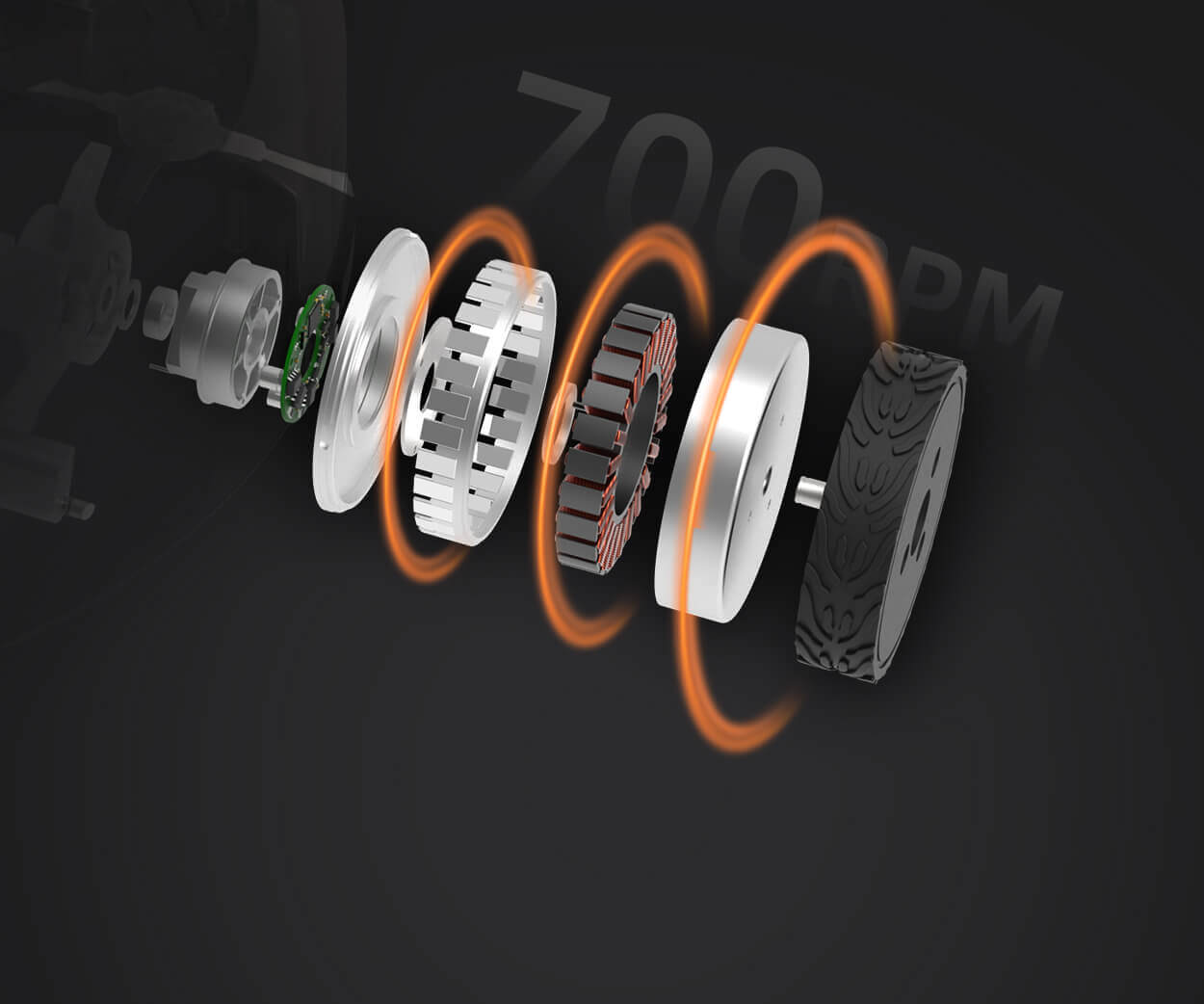In the rapidly evolving landscape of industrial automation and robotics, servo motors have emerged as the heartbeat of precision movement. From manufacturing lines to cutting-edge robotics, these compact yet powerful devices are essential for controlling position, speed, and torque with remarkable accuracy. As technology advances, so does the curiosity around one key question: how much does a servo motor cost?

The answer isn’t straightforward, because the cost of a servo motor isn’t just about the sticker price; it’s intertwined with countless factors that influence both its dollar value and its overall worth in a system. Understanding these factors helps engineers, buyers, and hobbyists alike make smarter decisions, ensuring they allocate their investment where it truly matters.
Breaking down the pricing puzzle
At its core, the price of a servo motor depends on several vital parameters:
Motor Type and Technology Servo motors come in various types, such as AC, DC, brushless DC (BLDC), and brushed DC motors. Each brings different capabilities and costs. For example, high-end AC servo motors, often used in high-precision applications, tend to be more expensive than simpler brushed brushed DC motors. Similarly, brushless variants, favored for their durability and efficiency, usually command a higher price but offer longer lifespans and lower maintenance costs.
Power and Torque Ratings A servo motor designed for high-torque applications naturally costs more. Motors rated for small, lightweight movements might be affordable, but as you scale up to industrial-strength torque capacities, prices rise significantly. This is tied to the materials used, the motor size, and the manufacturing complexity associated with handling greater power output.
Precision and Resolution In fields where exact positioning is non-negotiable—like CNC machining, robotics, or aerospace—the servo motor’s resolution (measured in counts per revolution) and accuracy become critical. Higher precision motors incorporate advanced encoders, often optical or magnetic, which boost the price. Manufacturers often offer tiered options, allowing you to balance precision needs with budget constraints.
Build Quality and Durability Premium servo motors are built with high-quality components to withstand harsh environments, high temperatures, or continuous operation. Features like sealed enclosures, advanced bearings, and corrosion-resistant materials bump up costs but can save users money in maintenance and replacements over time.
Brand and Origin Just like luxury brands command premium prices in fashion, established manufacturers with proven track records of reliability and support tend to have higher prices. Conversely, lesser-known brands or cheaper imports might cut costs initially but could lead to higher maintenance or performance issues down the line.
Additional Features and Integration Capabilities Modern servo motors often come with integrated features—such as built-in controllers, communication interfaces (EtherCAT, CANopen, EtherNet/IP), and programmability. These features add to the complexity—and cost—of the device. Buyers need to evaluate whether these extras are necessary for their applications or if a more basic model will suffice.
Cost ranges for different types of servo motors
While the price spectrum can be broad, here’s a rough idea to guide your expectations:
Entry-level brushed DC servo motors: $50 - $200 Mid-range brushless servo motors (industrial grade): $200 - $1,000 High-end AC servo motors for precision applications: $1,000 - $10,000+
It’s worth noting that these ranges can fluctuate based on size, power, and additional features. For example, a small servo motor for hobbyist projects may cost less than $50, but a robust industrial servo system—complete with controllers and feedback encoders—can reach into the tens of thousands of dollars.
The hidden costs beyond the initial purchase
When evaluating the “cost of a servo motor,” it’s also vital to factor in related expenses:
Controllers and drives: Many servo motors require dedicated servo drives to operate effectively. These accessory costs can sometimes double the overall investment. Installation and setup: Proper mounting, wiring, and calibration require time and expertise, affecting the overall cost calculation. Maintenance and lifespan: Higher-quality motors tend to last longer and perform more reliably, reducing downtime and repair costs over years of operation.
Choosing between cost and value
A common trap is opting for the lowest-priced servo motor, only to face frequent failures, reduced accuracy, or compatibility issues that hinder productivity. Instead, it’s prudent to analyze your specific application requirements, budget constraints, and long-term needs to strike the right balance. An inexpensive servo might suffice for simple tasks, but complex automation demands a more capable—and often more costly—solution that assures performance and reliability.
In the upcoming second part, we’ll explore how market trends, technological innovations, and future outlooks influence servo motor pricing, along with practical tips to get the best value for your investment. We’ll also share insights into where to purchase, what to look for in specifications, and how to negotiate for the best price, ensuring your investment in servo motors pays dividends in performance and durability.
Leveraging innovations in modular drive technology, Kpower integrates high-performance motors, precision reducers, and multi-protocol control systems to provide efficient and customized smart drive system solutions.




































